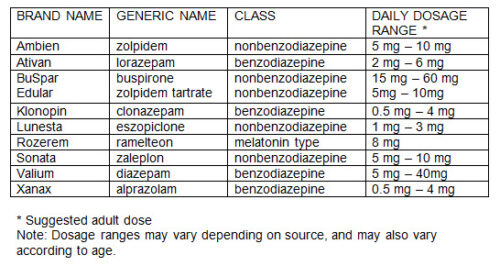

The human circadian rhythm cannot easily adapt to these fast shifts.

Mean variability in total sleep time across a week in bipolar patients is approximately 2.78 h (SD = 3.02) 12, almost equivalent to flying from the east to west coast of continents like America and Australia. In fact, total sleep time is shortest in bipolar disorder-not otherwise specified, relative to bipolar 1 disorder and bipolar 2 disorder, but the three subtypes are equally impaired in night-to-night variability 12. Sleep disturbance is characteristic across the bipolar spectrum. Hypersomnia is experienced by roughly 25% of bipolar 1 patients during the inter-episode period 10 and by 40–80% during episodes of depression 11.

Even in the inter-episode period, sleep is disturbed up to 70% of bipolar disorder patients report insomnia 8, which is associated with risk for relapse and suicide attempts 9. During episodes of depression, insomnia or hypersomnia are common. Reduced need for sleep is a classic symptom of mania. Even with the combination of pharmacological and adjunctive interventions the rates of relapse remain of concern and many individuals remain highly symptomatic between episodes 7.īipolar disorder and sleep disturbance often coexist The latter include interpersonal and social rhythm therapy (IPSRT), family therapy, psychoeducation and cognitive behavior therapy (CBT) administered individually or in groups, as well as combination approaches. In response to these high relapse rates, research continues to try to improve pharmacotherapy and also to develop adjunctive psychosocial treatments 7. However, even with continued adherence a high proportion of patients are seriously symptomatic in the inter-episode period 5 and the risk of relapse over five years is as high as 73% 6. There have been important advances in pharmacological and nonpharmacological treatments for bipolar disorder. Not surprisingly, bipolar disorder is ranked as one of the top 10 leading causes of disability worldwide. After the onset of the disorder, individuals with bipolar disorder who have been hospitalized spend approximately 20% of their life in episodes 3 and approximately 50% of their time unwell 4. The impact that episodes of mania or depression have on the person’s life is enormous. Bipolar II requires at least one hypomanic episode and at least one major depressive episode 2. Bipolar disorder type I is defined by the presence of at least one manic or mixed episode. The lifetime prevalence of Bipolar I and II is 1% and 0.5%, respectively 2, although more liberal definitions of hypomania identify many more patients with bipolar spectrum disorder. It is often life-threatening with approximately 1 in 5 individuals completing suicide 1. Interventions for Sleep Disturbance in Bipolar Disorderīipolar disorder is a common, severe, and chronic disorder.


 0 kommentar(er)
0 kommentar(er)
